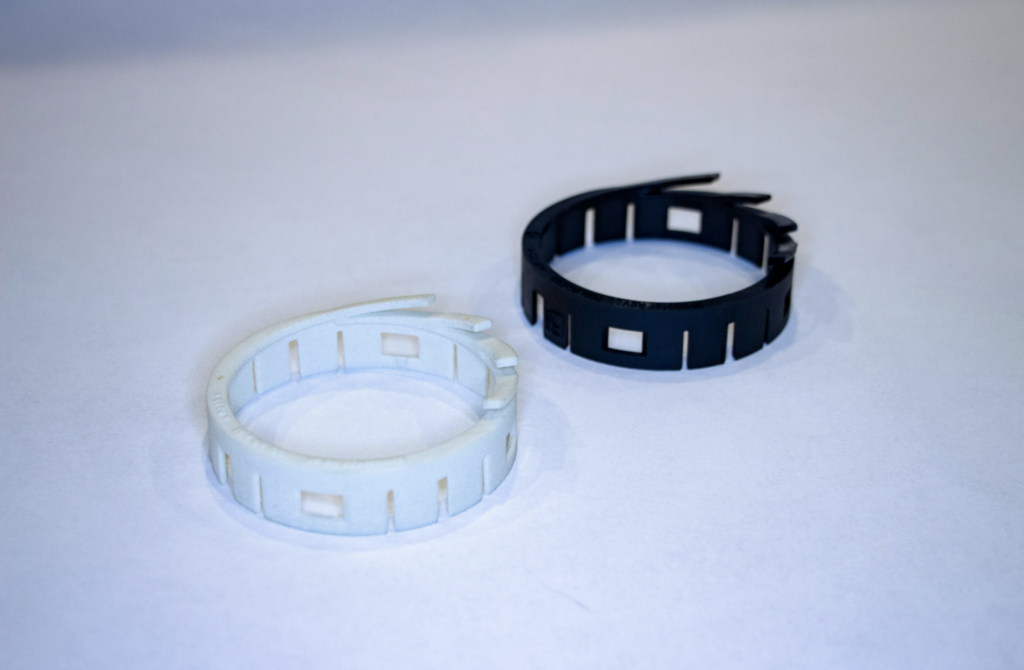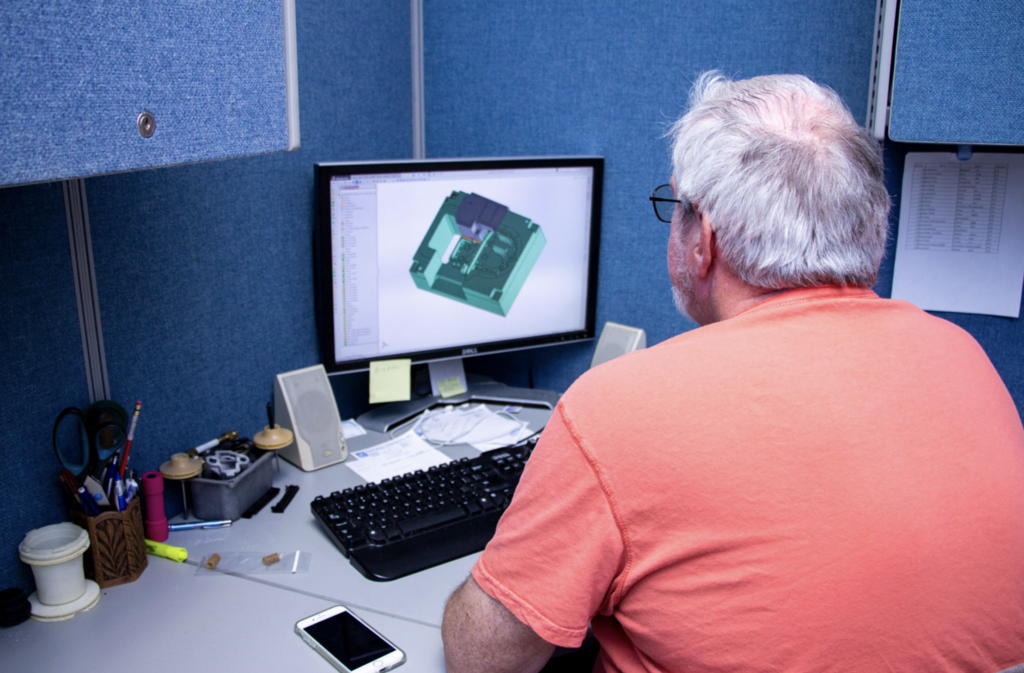
The Process of Creating a Plastic Prototype
For those brainstorming a new part, prototyping is an essential process to achieving success. Developing a functional plastic prototype will help you find and test different types of plastic, so you can choose one with the strength, durability, color and cost that will suit your product.
The prototype process will ultimately allow you to test your product before investing money in production tooling.
The concept creation stage involves brainstorming and sketching the design on paper. With advances in technology, engineers and artists can utilize CAD design software to create a digital rendering of the product.
Once created, the design can be brought to a specialized plastic injection molder to determine the next steps. Some manufacturers, like K&B Molded Products, can perform the entire process in-house from design to prototype to tooling and beyond.
Three Steps to Creating A Plastic Prototype
There are three key steps in developing a plastic prototype, and each step requires a team of creative engineering minds.
Create a Concept or Design
The first step in creating a plastic prototype is to create a product concept or design. The concept can be written down or sketched on paper if one has many ideas running through their mind to help visualize the prototype in greater detail.
The person creating the design should consider feasibility and functionality and ensure that the concept is doable.
One should ensure the important parts of the sketch are detailed, including the parts that are vital to the functionality of the product. Those who are not artistic can hire an artist to draw the sketch for them, as the clearer the drawing, the better the final product will be.
An individual or company needs to work with the right team in this process, including an expert in engineering, to ensure they have the right kind of functionality they need with the type of design they want.

The company may also work with a sales and marketing expert with knowledge of what appeals to a specific audience to start the marketing process and get a feel of how receptive the market is even at the idea-building stage. It allows the team to improve the product further depending on the feedback.
A person or individual may also need a manufacturing specialist to help identify whether the parts needed can be created, and how complicated the process will be.
Develop a Virtual Prototype
The second step in creating a plastic prototype is to develop a virtual prototype. The team should turn the design sketches from the first step into a three-dimensional (3D) model that will be used to make a real prototype. The company can use 3D to create the virtual prototype to help see how the final version of the design will look like. The company will need a skilled prototype designer to assist in this step.
A person or company can work with plastic experts at this stage to help make a 3D prototype to ensure that the plastic product design can be engineered for production.
A computer aid design (CAD) software specialist can help put together a 3D prototype after being briefed on the concept or design as the work is done using various CAD software.
Build the Physical Prototype or Mold
After creating a virtual prototype, the person or company should build the physical one. The skills of a professional designer will be required in this stage.
The process may require the designer to build more than one physical prototype to verify that there are no errors or flaws and ensure that the physical plastic prototype replicates the final product sold to customers.
Mold creation is the most critical stage in plastic prototyping. After the concept and design have been engineered, the actual molds can be made. Prototype injection molding is used in the process and involves the production of actual injection molded parts for functional testing.

Engineering Resource Center says after creating a CAD model, “a digital mock-up of the product showing what the product is meant to look like, how the parts fit together, and how the product as a whole will function,” the CAD model can then be taken to a prototype injection molder to be made.
The physical prototype can be modified and adjusted until it becomes the ideal product design.
There are two types of plastic prototypes, namely visual and functional. A visual prototype is made to give a company an idea of what the final product will look like. It does not have to function as the final product, and 3D printing is the quickest and cheapest way to develop it. A functional prototype is developed to function like the desired finished product, including the material used and the mechanics of how it works.
The Complete Process
K&B has a proven 6-stage process that provides full-service solutions. We help companies navigate plastic injection molding methods to streamline products and processes, save money and work smarter. We don’t just manufacturer the right parts, we evaluate the full process, helping companies deliver and outperform the competition.




